
Large shipping losses have declined by 38% globally over the past decade, according to Allianz Global Corporate & Specialty SE’s Safety & Shipping Review 2018. The downward trend continued in 2017. But, incidents in the South China, Indochina, Indonesia and Philippine maritime region rose by 25% in the past year and remain the number one area worldwide for major shipping incidents for the past decade leading it to be dubbed the “new Bermuda Triangle” by some observers.
The Review continues:
In 2017, 32% of losses occurred there, driven by activity in Vietnamese waters. The major loss factors include weather — Typhoon Hato and Typhoon Damrey caused more than six losses — busy seas and lower safety standards on some domestic routes.
There were 94 total losses reported around the shipping world in 2017, down 4% year-on-year (98) — the second lowest in 10 years after 2014. Bad weather, such as typhoons in Asia and hurricanes in the US, contributed to the loss of more than 20 vessels, according to the annual review, which analyzes reported shipping losses over 100 gt.
“Globally, the decline in frequency and severity of total losses over the past year continues the positive trend of the past decade. Insurance claims have been relatively benign, reflecting improved ship design and the positive effects of risk management policy and safety regulation over time,” says Baptiste Ossena, Global Product Leader Hull & Marine Liabilities, AGCS.
However, disparities remain as losses in Asia rose year-on-year. The region continues to be the top global loss area accounting for more than one in three of shipping losses in 2017. The East Mediterranean and Black Sea region is the second major loss hotspot (17) followed by the British Isles (8). There was also a 29% annual increase in reported shipping incidents in Arctic Circle waters (71), according to AGCS analysis.
Dangerous Seas, Friday 13th and the unluckiest ship
Political tensions around major shipping routes in Asia are leading to disruption and a potential heightened risk of collision. Already a key transit route for east-west trade from China, South Korea and Japan and accounting for one-third of global shipping trade, the South China Sea is also the cause of territorial disputes between several countries within the region.
These territorial disputes have resulted in an increasing military presence in the South China Sea, with the US and China conducting naval exercises. Last year saw two major collisions between US naval ships and commercial vessels. The US-guided missile destroyer USS Fitzgerald collided with a container ship off Japan while another destroyer, the USS John S. McCain struck an oil tanker off Singapore.
“The territorial claims and disputes may have larger implications long term and threaten the very freedom of the seas and navigation in South East Asia, with far reaching implications for trade with Asia. A growing concentration of trade and political tensions makes for a volatile situation in the region that could create safety issues,” said Andrew Kinsley, Senior Marine Risk Consultant AGCS
Piracy, the long-time bane of the maritime industry has hit record lows globally but across Asia and Africa the threat remains high with regional waters accounting for three-quarters of all piracy incidents around the globe. Southeast Asia had 76 incidents in 2017 up 11% compared with a year earlier while Indonesia continues to be global hotspot for piracy with 43 attacks. The number of attacks in the Philippines more than doubled year-on-year from 10 in 2016 to 22 in 2017.
Analysis also shows Friday is the most dangerous day at sea — 175 losses of 1,129 total losses reported have occurred on this day over the past decade. Friday 13th really can be unlucky — three ships were lost on this day in 2012 including Costa Concordia, the largest-ever marine insurance loss. The unluckiest ship of the past year is a passenger ferry operating in the East Mediterranean and Black Sea region that was involved in seven accidents in 12 months. For Asia, November is the busiest month for losses over the past decade with 36 ships lost during this month, a third of which were caused by typhoons.
Emerging risks poses challenges and leads to losses
There are multiple new risk exposures for the shipping sector: Ever-larger container ships — longer than the length of four football fields — pose fire containment and salvage issues, while the changing climate brings new route risks, with fast-changing conditions in Arctic and North Atlantic waters posing new hazards. Environmental scrutiny is also growing as the industry seeks to cut emissions, bringing new technical risks and the threat of machinery damage incidents at the same time.
Shippers also continue to grapple with balancing the benefits and risks of increasing automation on board. Recent events such as the NotPetya malware on harbor logistics that caused cargo delays and congestion at nearly 80 ports, underline that the shipping sector is being tested by a number of emerging risk challenges, in addition to traditional ones.
Human error still a big issue. Data can help.
Despite decades of safety improvements, the shipping industry has no room for complacency. Fatal accidents such as the “Sanchi” oil tanker sinking off Shanghai waters in January 2018 and the two collisions involving the USS Fitzgerald and the USS John S McCain navy ships in Asia persist with humans often a factor. Just this week, a cargo ship collided with a chemical tanker, off Shanghai and subsequently sank with 10 of its 13 crew members missing. Estimates indicate that 75% to 96% of shipping accidents involve human error. It is also behind 75% of 15,000 marine liability insurance industry claims analyzed by AGCS — costing $1.6bn.
The mass amount of data produced by the industry is currently underutilized, and better use of data and analytics to produce real-time findings and alerts could help in reducing incidents, Khanna believes. “By analyzing data 24/7 we can gain new insights from crew behavior and near-misses that can identify trends. The shipping industry has learned from losses in the past but predictive analysis could be the difference between a safe voyage and a disaster.”
Autonomous shipping and drones
Legal, safety and cyber security issues are likely to limit widespread growth of crewless ships for now. Human error risk will still be present in decision-making algorithms and onshore monitoring bases. Technology has the potential to eliminate human error as expected, but could end up merely transposing the point of occurrence,” says Captain Nitin Chopra, a Senior Marine Risk Consultant at AGCS, based in Singapore. “It is difficult to imagine that unmanned ships calling at automated ports will not be marred by loss events. On the contrary, due to absence of manpower, the immediate response to mitigate loss could be delayed.”

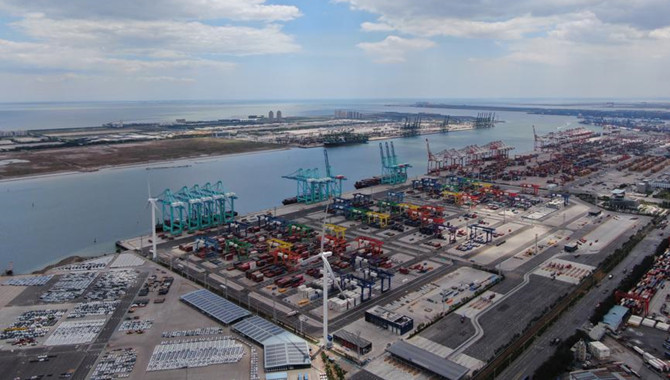 Tianjin Port container terminal goes high-tech
Tianjin Port container terminal goes high-tech 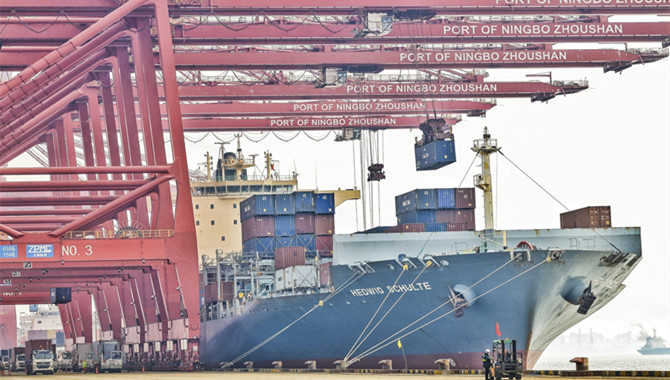 China's Zhoushan Port plays a booster for global tr
China's Zhoushan Port plays a booster for global tr 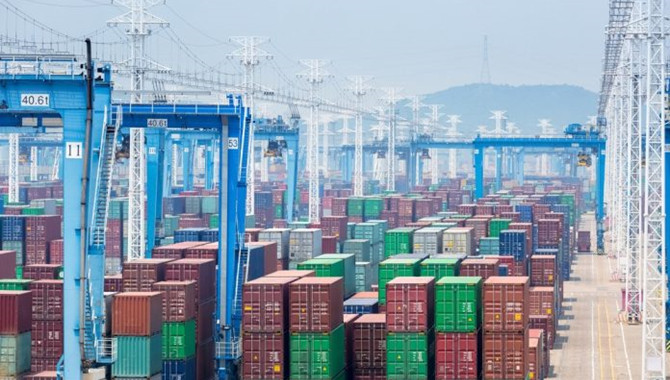 Ningbo Zhoushan hits 1 million TEU milestone in the
Ningbo Zhoushan hits 1 million TEU milestone in the 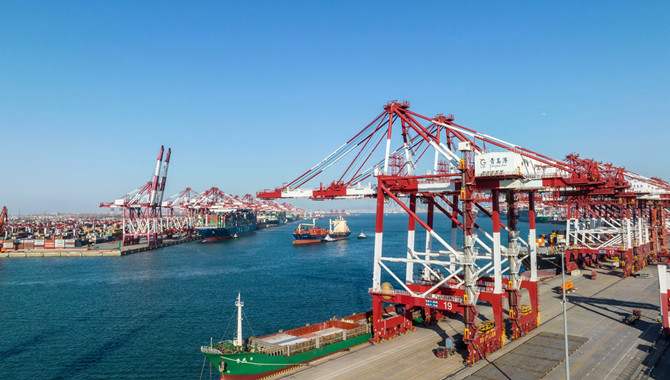 Shandong aims to build world-class ports cluster in
Shandong aims to build world-class ports cluster in 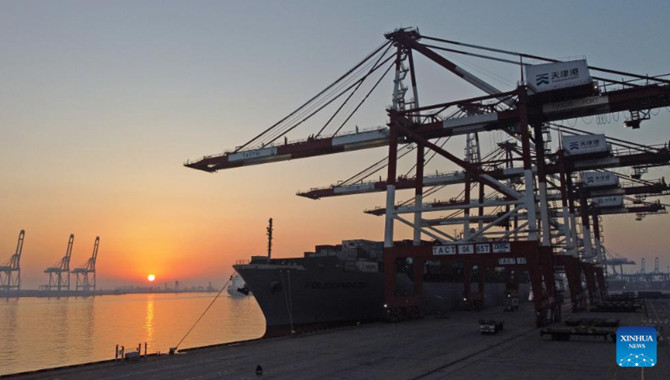 Tianjin Port sees container throughput expand 6.9%
Tianjin Port sees container throughput expand 6.9% 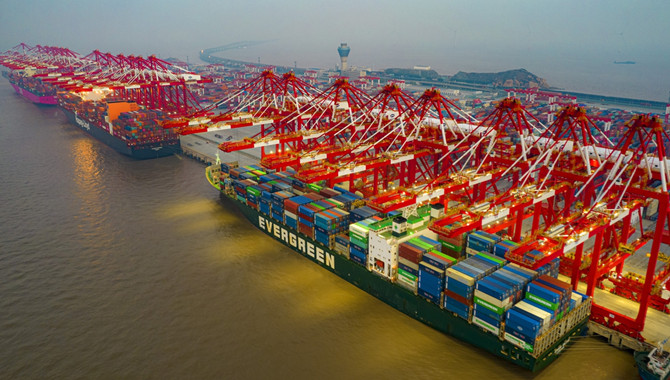 Sea ports renege quarantine, promote marine trade
Sea ports renege quarantine, promote marine trade